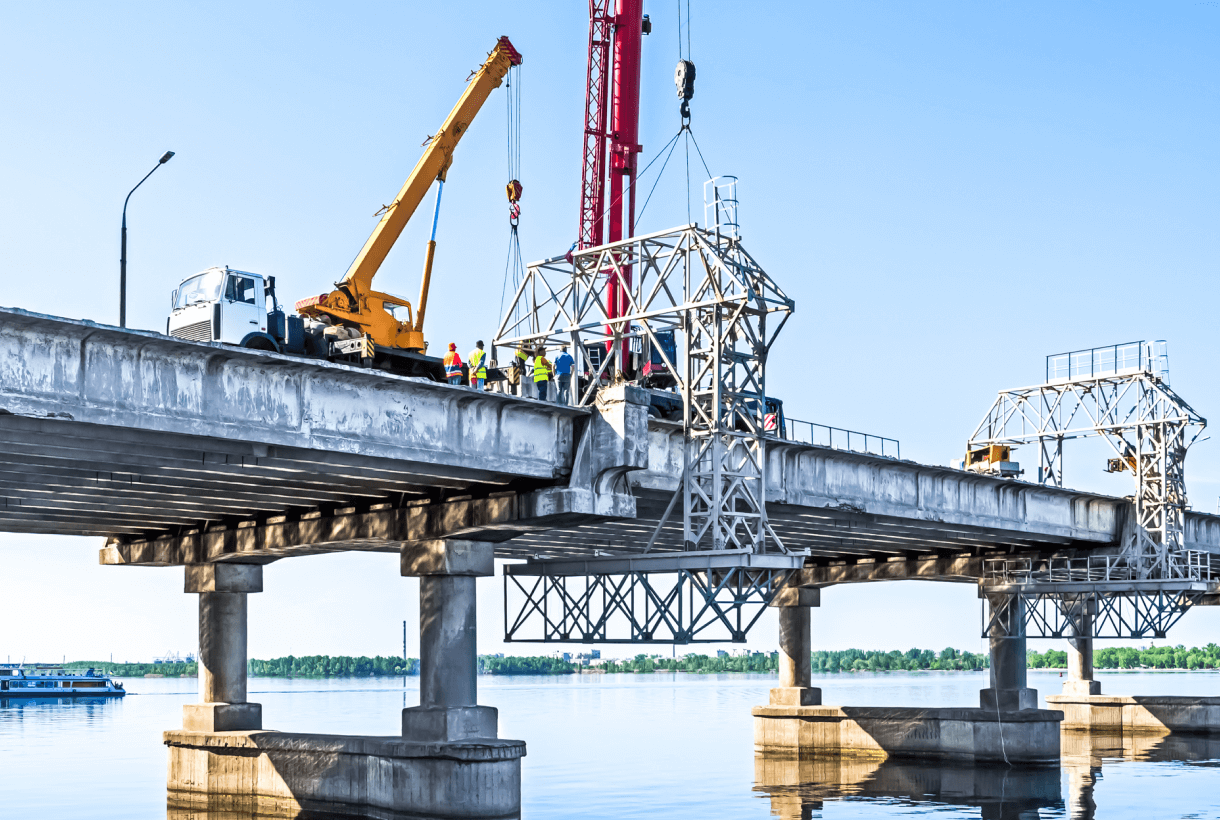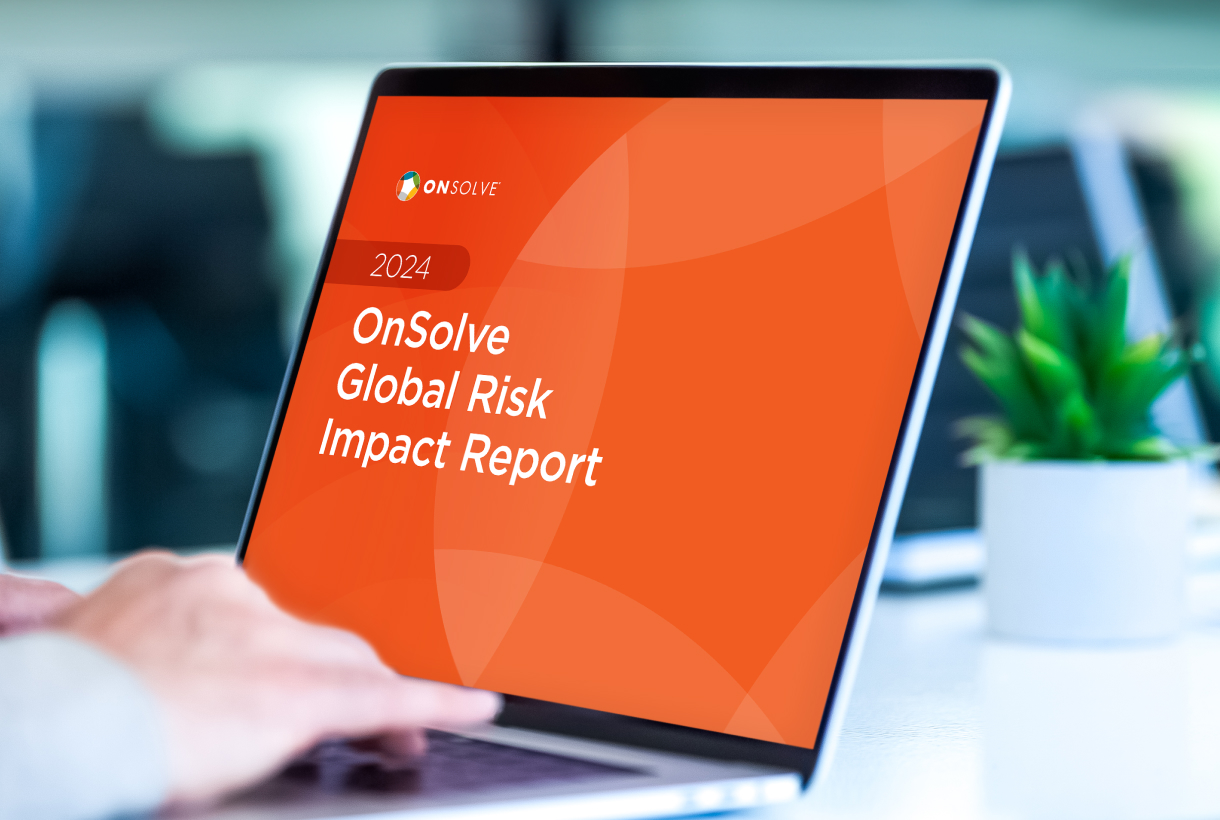For most Americans, November conjures up images of turkey, stuffing, quality family time and giving thanks. But November 2022 now marks the first Critical Infrastructure Security and Resilience Month — a time for us to recognize the importance of protecting and strengthening our country’s critical infrastructure.
During Critical Infrastructure Security and Resilience Month, the focus is on building a stronger, more resilient nation that’s capable of handling all types of natural and man-made threats and speaks to the wider trend of how organizations and communities are prioritizing risk and resilience amidst the volatility. Whether it be a natural disaster or a cyber attack, citizens and businesses are at risk of severe loss if our roads, bridges, energy grids and technological infrastructure cannot withstand the impact of critical events.
While this may seem like an impossible task given the depth and breadth of critical events, with the right technology the mission is, thankfully, quite possible.
Security and Resilience Must Come First
This year is of particular importance when it comes to protecting our critical infrastructure. The global pandemic took center stage for the last few years, but now the threat landscape is evolving once again. In fact, there was a 39 percent decrease in global pandemic threats from 2020 to 2021, according to the Global Risk Impact Report. However, there was a 48 percent increase in national security events related to terrorism and military action during this same timeframe.
Physical threats, in particular, are on the rise, both globally and within the United States, as the Global Risk Impact Report revealed.
- Shooting-related risks increased 193 percent globally and 245 percent in the U.S. The number of reported shootings in the U.S. increased by 250 percent between 2020 and 2021, and the number of reported mass shootings increased by 217 percent.
- Climate change has had a direct impact on the frequency of extreme weather events. Globally, avalanches and winter storms/blizzards increased by 202 percent and 197 percent, respectively. What’s even more striking is every category of extreme weather or natural disaster increased year over year, leading to a possible $2.5 million in damages on average per event.
- Threats to the transportation and technological infrastructure are also on the rise. Global risk events threatening infrastructure and technology rose 111 percent from 2020 to 2021, while road (+168 percent), railway (+91 percent), aircraft (+52 percent) and maritime (+30 percent) accidents also increased in frequency during the same period.
The impact of these and other natural and man-made threats is deep, including
- Loss of life
- Property loss
- Threats to employee safety
- Operational disruptions
- Supply chain delays
- Negative employee and customer sentiment
- Power outages
- Road closures
- Data breaches
- Revenue loss
- Product delays
- Customer churn
- Compliance issues
- Poor vendor and supplier relations
- Damaged brand reputation
As the number of threats continues to rise, the impact magnifies. Critical Infrastructure Security and Resilience Month reminds us that if we don’t take the necessary steps to strengthen our ability to protect our infrastructure from a variety of threats, all areas of our livelihood and economy are at risk.
Think Global, Not Local
It may be tempting to focus our efforts on the threats here at home, but the truth is any event can have lasting impacts that ripple throughout the world. Civil unrest in one country can cause global supply chain issues. A severe weather event in one region can cause delays and shutdowns that have economic implications halfway across the globe.
In addition to this “butterfly effect,” risk can also be dynamic. Oftentimes, an organization or community may be expecting (and preparing for) a specific threat, but as events unfold, the risk changes.
Dynamic risk is usually characterized by rapid change, some level of surprise or a risk coming from a secondary direction or event. A tornado may lead to unanticipated, long-term power outages. Flooding in one region may have secondary effects somewhere else, hundreds or even thousands of miles away.
The combination of the butterfly effect and dynamic risk makes it that much harder to protect our infrastructure. An effective response requires agility so organizations and agencies can identify, prepare and respond to unpredictable and even improbable events.
A Mission Close to Our Hearts
The purpose of Critical Infrastructure Security and Resilience Month resonates deeply with us here at OnSolve.
“Physical threats such as severe weather, public health crises, civil unrest, and employee and community safety are forcing everyone to prepare for unpredictability,” said Mark Herrington, CEO at OnSolve. “Our mission is to keep people safe, informed and productive when a crisis strikes. By helping organizations proactively anticipate and mitigate physical threats, we save lives, protect communities and safeguard the critical infrastructure that power our economy.”
The OnSolve Platform for Critical Event Management makes it possible for our customers to anticipate, detect and mitigate physical threats that disrupt operations and threaten their people, places and property.
All three components of the Platform are built with speed, relevance and usability in mind, enabling better outcomes during a crisis and improving organizational resilience:
- Risk Intelligence delivers AI and analyst-vetted data to identify and monitor critical events that may impact your business or community.
- Critical Communications allows you to alert all relevant stakeholders during a crisis and keep them updated as the situation evolves.
- Incident Management provides access to crisis response plans and business continuity plans from any device, for faster and more informed actions.
A unified platform connects data, visualization, interaction and engagement, creating a streamlined experience that enables users to monitor and manage dynamic physical threats before they escalate. Rather than critical events managing people, the Platform empowers people to successfully manage those critical events.
This November, the experts at OnSolve are thankful we’ve developed an innovative and intuitive platform that can play a significant role in meeting the challenges ahead during Critical Infrastructure Security and Resilience Month and beyond.
Mission Impossible? Not with the right technology in hand.
Learn more about the top physical threats trending worldwide and how to improve your resilience.


